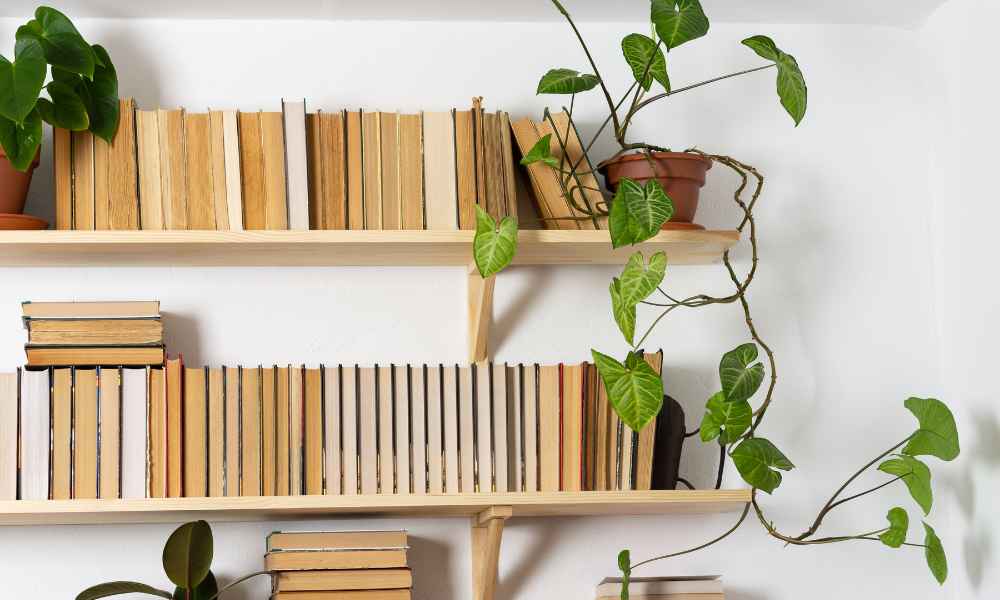Hang Bookshelves is a practical and stylish solution to your storage woes. Not only do they free up valuable floor space, but they also add an element of decor that can enhance the look of any room. Whether you’re a DIY novice or a seasoned handyman, this guide will walk you through the process of hanging bookshelves securely and efficiently.
Tools and Materials Needed
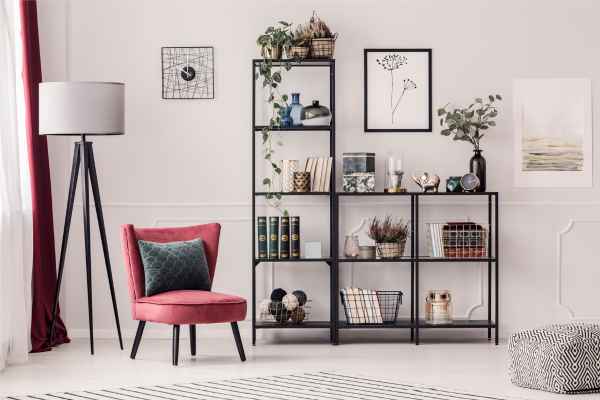
Before you dive into the installation, it’s crucial to gather all the necessary tools and materials. Having everything at your fingertips will make the process smoother and more enjoyable. You’ll need a measuring tape, level, pencil, drill, screwdriver, stud finder, and a hammer. Additionally, you’ll need wall anchors, brackets, screws, and of course, the book shelf itself. Preparing these items in advance ensures that you won’t have to pause mid-project to make a run to the hardware store.
Choosing the Right Bookshelf

Selecting the perfect bookshelf is an important step that should not be overlooked. There are various types of bookshelves to choose from, including floating shelves, bracketed shelves, and built-in units. Your choice should be guided by both practical and aesthetic considerations. Think about the weight capacity, style, and size that best fit your needs and the overall decor of your room. A well-chosen book shelf not only serves its functional purpose but also complements your interior design.
Finding the Perfect Spot
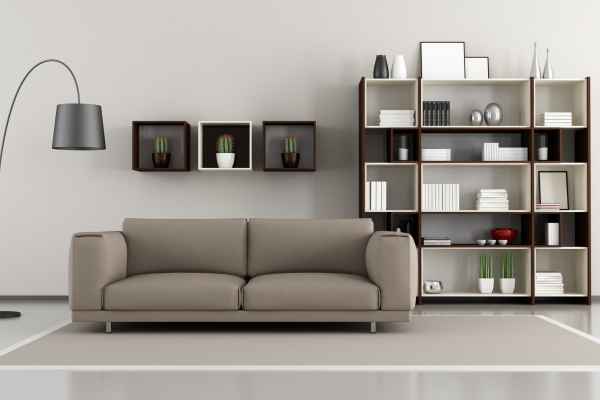
Finding the ideal spot for your book shelf is key to both its functionality and its visual appeal. Start by analyzing the room to identify potential locations. Consider factors like natural light, wall space, and proximity to seating areas. The height at which you hang the book shelf is also crucial; it should be easily accessible while still leaving space for other wall decorations if desired. Ensuring that the bookshelf fits well in its chosen spot will make it a useful and attractive addition to your home.
Measuring and Marking
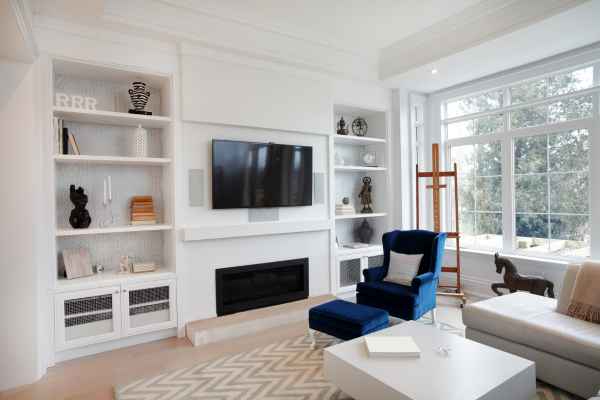
Precision is key when it comes to hanging bookshelves, and this starts with accurate measuring and marking. Begin by measuring the length and height of the wall space where you plan to install the bookshelf. Use a pencil to mark the spots where the brackets will be attached, ensuring they are evenly spaced and level. A good practice is to use a level to draw a straight line across these points. This step ensures that your shelf will not only fit perfectly but will also be aligned correctly, preventing any slanting or imbalance once installed.
Installing Wall Anchors

Wall anchors are essential for providing the support needed to hold up your bookshelves, especially if you’re working with drywall. First, use a stud finder to locate the studs behind the wall where you marked your bracket positions. If there are no studs available, you’ll need to use wall anchors to provide the necessary support. Drill holes at the marked points and insert the wall anchors, making sure they are flush with the wall surface. This step ensures that your brackets will be securely attached, capable of supporting the weight of the shelf and its contents.
Attaching the Brackets

With your wall anchors in place, it’s time to attach the brackets. Align each bracket with the pre-drilled holes and use screws to secure them tightly to the wall anchors. It’s crucial to double-check that each bracket is level and firmly attached. This step is vital for the stability of your bookshelf, as poorly secured brackets can lead to wobbling or even cause the shelf to fall. Take your time to ensure each bracket is correctly positioned and securely fastened, providing a solid foundation for your bookshelf.
Mounting the Bookshelf
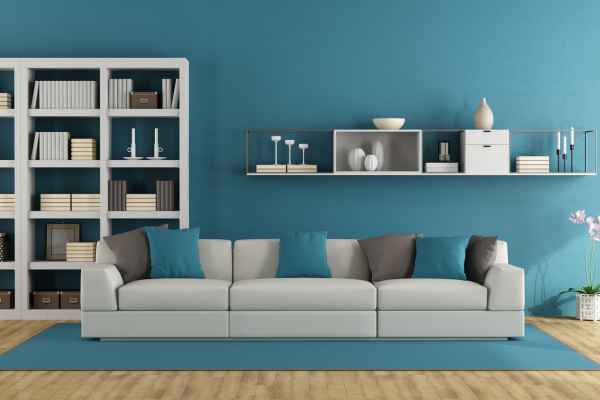
Now that the brackets are firmly in place, you can mount your book shelf. Carefully lift the shelf and place it onto the brackets, ensuring it is evenly distributed and balanced. Depending on the design of your shelf, you might need to secure it further with additional screws through the brackets into the bottom of the shelf. This step solidifies the installation, ensuring the bookshelf is stable and capable of holding your items without risk of tipping or collapsing. With the bookshelf mounted, you can step back and admire your handiwork, knowing you’ve created a secure and stylish storage solution.
Leveling the Bookshelf
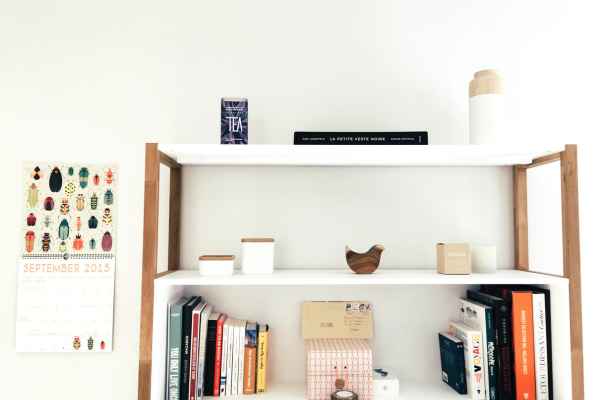
Ensuring that your bookshelf is level is a crucial step that guarantees both aesthetic appeal and functional stability. Once your book shelf is mounted on the brackets, place a level on top of the shelf. If the bubble isn’t centered, make adjustments by loosening the screws on the brackets slightly and repositioning them until the shelf is perfectly horizontal. This step might require a bit of patience, but it’s essential for preventing books and other items from sliding off. A level bookshelf also distributes weight evenly, which is important for maintaining the integrity of both the shelf and the wall.
Securing the Bookshelf
After leveling, the next step is to secure the book shelf to ensure it remains stable over time. If your bookshelf design allows, use additional screws to fasten the shelf directly to the brackets. This extra step is particularly important if you plan to place heavy items on the shelf. Additionally, consider using safety straps or L-brackets at the top of the shelf to attach it to the wall. These provide extra security, especially in households with children or in earthquake-prone areas, preventing the bookshelf from tipping over.
Decorating Your Bookshelf

Once your bookshelf is securely in place, it’s time to unleash your creativity and start decorating. Begin by arranging your books, alternating between vertical and horizontal stacks to add visual interest. Incorporate decorative items such as plants, photo frames, and unique collectibles to break up the monotony of rows of books. Use bookends to add both style and functionality, and consider the color scheme of the room when selecting decorative pieces. Remember, a well-decorated book shelf can serve as a stunning focal point in any room, reflecting your personal style and interests.
Maintaining Your Bookshelf
Maintaining your bookshelf is key to ensuring it stays in good condition for years to come. Regular dusting is essential, as dust can accumulate quickly on books and decorative items. Use a soft cloth or a feather duster to clean both the shelves and the items on them. Periodically check the screws and brackets to ensure they remain tight and secure, especially if you frequently add or remove items. Avoid overloading the shelves beyond their weight capacity, as this can cause damage to both the book shelf and the wall. By taking these simple maintenance steps, you can keep your bookshelf looking great and functioning well.
Common Mistakes to Avoid
Hanging bookshelves might seem straightforward, but there are common mistakes that can lead to a less-than-perfect result. One frequent error is not using a level, which results in a crooked shelf. This not only looks unsightly but also affects the functionality of the shelf. Another mistake is failing to find and use wall studs or appropriate wall anchors, leading to insufficient support and potential damage. Overloading the shelf beyond its weight capacity is also a common issue, which can cause the shelf to sag or even collapse. Ensuring you avoid these mistakes will help you achieve a secure and visually appealing bookshelf installation.
What Type of Wall Anchor Should I Use?
Choosing the right wall anchor is crucial for the stability and safety of your bookshelf. There are various types of wall anchors, each suited for different wall materials and weights. Plastic anchors are suitable for lightweight shelves and lighter items. For heavier bookshelves, toggle bolts or molly bolts are preferable as they provide a stronger hold in drywall. If you can anchor directly into a wall stud, use wood screws for maximum support. Understanding the weight of your shelf and the items it will hold will guide you in selecting the appropriate wall anchors, ensuring a secure installation.
How High Should I Hang My Bookshelf?
The height at which you hang your bookshelf can greatly impact both its functionality and aesthetics. Generally, bookshelves should be hung at eye level, around 48 to 60 inches from the floor. This makes the items on the shelf easily accessible and visible. However, the specific height can vary based on the purpose of the shelf and the height of the people using it. For instance, in a child’s room, you might want to hang it lower for easier access. Additionally, consider the overall room layout and the placement of other furniture to ensure the book shelf fits harmoniously within the space.
Can I Hang a Bookshelf on Drywall?
Yes, you can hang a bookshelf on drywall, but it requires the right techniques and materials to ensure stability. When hanging on drywall, it’s essential to use wall anchors designed to handle the weight of the shelf and its contents. Toggle bolts or molly bolts are particularly effective for heavier loads. If possible, locate wall studs and secure the brackets directly into the studs with wood screws for the strongest support. Properly anchoring the shelf into the drywall will prevent it from pulling out and ensure it stays securely in place.
Conclusion
Hanging bookshelves is a practical and stylish way to organize your space, but it requires careful planning and execution. By avoiding common mistakes, choosing the right wall anchors, and determining the appropriate height, you can ensure your bookshelf is both functional and secure. Whether you’re mounting on drywall or another surface, following these guidelines will help you achieve a professional-looking installation. With your book shelf in place, you’ll have a beautiful and organized display that enhances your room’s decor and functionality.
